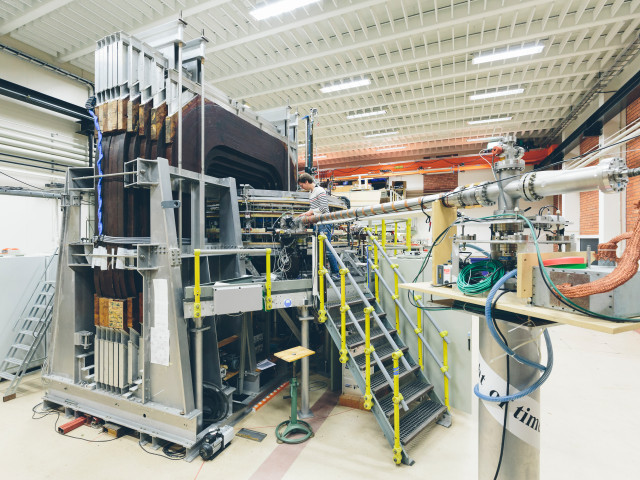The course treats the physical, mathematical and technological aspects of medical imaging systems from a signals-and-systems point of view. Modalities (imaging types) covered include:
- Projection Radiography
- Computed tomography (CT)
- Planar Scintigraphy
- Single photon emission computed tomography (SPECT)
- Positron emission tomography (PET)
- Ultrasound imaging (briefly)
- Magnetic resonance imaging (MRI) (briefly)
Numerical methods to quantify the performance of medical imaging systems are presented. The design of medical imaging systems usually involves a number of trade-offs involving parameters such as: contrast, spatial resolution, noise, image acquisition time, size and cost. It is a major goal of the course to provide an understanding of these relations.
